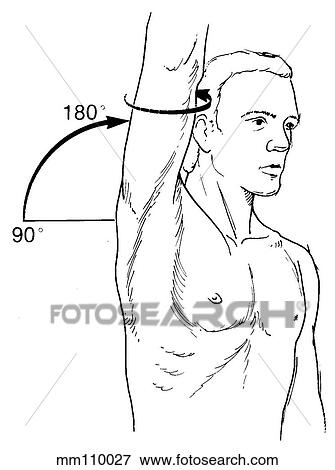
Pain when lifting your arm, lowering your arm from a raised position or when reaching.Pain when your arms are extended above your head.Symptoms of shoulder impingement syndrome include: What are the symptoms of shoulder impingement syndrome? Your acromion is not flat (you were born this way) or you have developed age-related bone spurs on your acromion.Your bursa can become inflamed due to overuse of the shoulder or injury.

Your bursa helps your muscles and tendons glide over your bones. Your bursa is the fluid-filled sac between your tendon and the acromion. This can be due to overuse from repetitive activity of the shoulder, injury or from age-related wear and tear. Shoulder impingement occurs when the tendon rubs against the acromion. It meets with the end of your collar bone (clavicle) at your shoulder. The acromion is the bony tip of the outer edge of your shoulder blade (scapula) that comes off the top of the back side of this bone. Your rotator cuff tendon passes through a space below the acromion. Shoulder impingement syndrome is thought to be the cause of 44% to 65% of all shoulder pain complaints. Shoulder impingement can also result from an injury, such as a fall onto an outstretched arm or directly onto the shoulder. Shoulder impingement syndrome is most commonly seen in individuals who are involved in sports and other activities with a lot of overhead rotational motion – like swimming, baseball, volleyball and tennis as well as things such as window washing and painting. In some cases, bone spurs on the acromion bone can contribute to impingement by causing the space where the rotator cuff sits to be even more narrowed Who gets shoulder impingement? Like a vicious cycle, the rubbing of the rotator cuff tendons result in swelling, which further narrows the space below the acromion. Swelling reduces the amount of space around the rotator cuff, leading to rubbing against the acromion. However, because your rotator cuff is surrounded by bone, swelling causes other events to occur. When your rotator cuff is irritated or injured, it swells in much the same way your ankle does when it is sprained. How does shoulder impingement syndrome develop? Rotator cuff is a group of muscles that sits in the small space between the acromion and the humerus. This arrangement makes the rotator cuff susceptible to being pinched or “impinged” between these bones, leading to what is called “impingement syndrome.” You will notice in the illustration that the rotator cuff sits in a small space between two bones in the shoulder (the acromion and the humerus).



You use your rotator cuff to help raise your arm overhead and to rotate your arm towards and away from your body. What is my rotator cuff and what does it do?Īs seen in the illustration, your rotator cuff is a group of four muscles that originates on the shoulder blade and attaches as a “cuff’ of tendon onto your arm bone (humerus). Shoulder impingement occurs when the top outer edge of your shoulder blade, called the acromion, rubs against (“impinges on”) or pinches your rotator cuff beneath it, causing pain and irritation. Bone spurs tighten the space around your rotator cuff causing it to rub against the acromion. One cause of shoulder impingement syndrome is bone spurs.


 0 kommentar(er)
0 kommentar(er)
